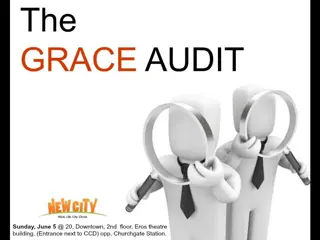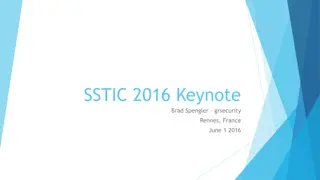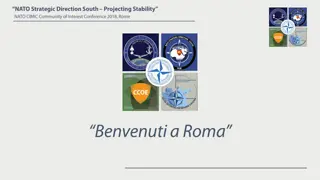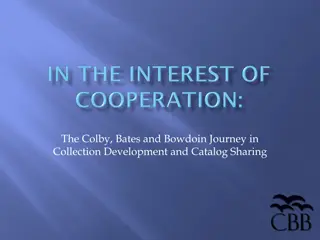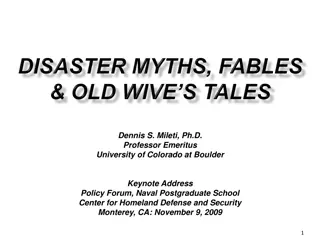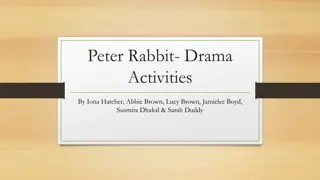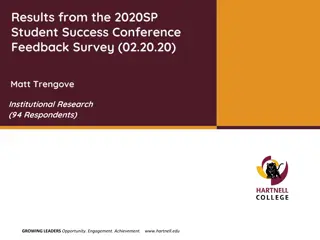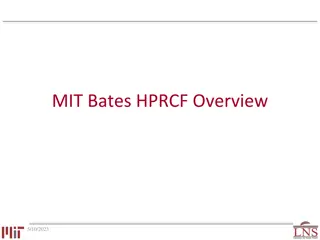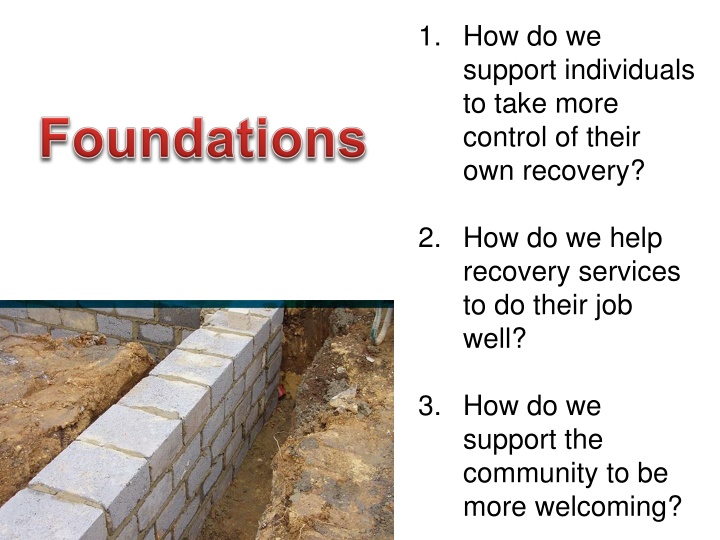
Empowering Recovery: Supporting Individuals, Services, and Communities
Discover effective strategies to empower individuals in their recovery journey, enhance the performance of recovery services, and create a more welcoming community. Explore the importance of self-care, time management, and agency in individual recovery, as well as the key aspects of person-centered care and co-producing services.
Download Presentation

Please find below an Image/Link to download the presentation.
The content on the website is provided AS IS for your information and personal use only. It may not be sold, licensed, or shared on other websites without obtaining consent from the author. If you encounter any issues during the download, it is possible that the publisher has removed the file from their server.
You are allowed to download the files provided on this website for personal or commercial use, subject to the condition that they are used lawfully. All files are the property of their respective owners.
The content on the website is provided AS IS for your information and personal use only. It may not be sold, licensed, or shared on other websites without obtaining consent from the author.
E N D
Presentation Transcript
1. How do we support individuals to take more control of their own recovery? 2. How do we help recovery services to do their job well? 3. How do we support the community to be more welcoming?
1. How do we support individuals to take control of their own recovery? Time management Self care Self esteem Wealth Respect Agency
2. How do we help recovery services to do their job well? Slide 247
3. How do we build a community where everyone flourishes? My health is in my hands closer OUR HEALTH IS IN OUR HANDS! My health is in their hands no South Australian Health Commission 1988
1. How do we support individuals to take more control of their own recovery?
1. Are we working towards different goals while using the same words? Co-produce recovery by becoming more person-centred 2. Compare (just) three definitions of being person- centred. 3. These are coat hanger concepts so focus on similarities.
Threedefinitionsofperson-centred Person-centred care Person-centred counselling Person-centred planning Pioneer Kitwood Rogers Wolfensberger Problem Illness Distress Exclusion Paid care & Treatment Counselling & Therapy Ordinary Ambitions Domain Goal Discharge Fully yourself Inclusion Reach Dignity Personalisation Community
1. How do we support individuals to take more control of their own recovery? 2. How do we help recovery services to do their job well?
Co-producing the service. People who use the service . 7. Manage service budgets (not 1. Hold a personal budget to buy the service they want. 2. Write in their case records alongside professionals. 3. Call and chair their own care planning meetings. 4. Attend meetings with staff to discuss how the service works. 5. Complete evaluation forms to feed back their views. 6. Sit on the Management Group that runs the service. their own money). 8. Show guests around. 9. Hold keys for the building (not just their room). 10. Do the DIY jobs. 11. See the service s finance and performance data. 12. Sit on the staff appointment panel. 13. Teach staff. 14. Are employed in the service. 15. Co-author publications.
People on direct payments 25.0 20.0 Number of adults (with primary client type Mental Health) receiving social care through a Direct Payment in the year to 31st March 2010 per 100,000 population aged 18-64. 15.0 One local authority 10.0 4.3 5.0 0.0 100 103 106 109 112 115 118 121 124 127 130 133 1 4 7 10 13 16 19 22 25 28 31 34 37 40 43 46 49 52 55 58 61 64 67 70 73 76 79 82 85 88 91 94 97
11 May 2011 The Active Recovery Team meet regularly to discuss your ongoing care. During the year you will have contact with various disciplines: care coordinator, doctor, social worker etc. The Active Recovery Team plan to review your care as a whole team once a year in a large forum called a Multi Disciplinary Review. There will be quite a large number of people present, 6-8, and you may find it intimidating to attend such a large meeting and we understand if you or your carer do not wish to attend. However, we will still proceed in your absence and the outcome will be related back to you and your carer if you wish. We have planned this meeting for Please refer any queries to your care coordinator. Yours sincerely
Percentage of staff that were interviewed for their present post by a panel that included a person who used the service or a carer 100 Convenience sample - 2,397 staff surveyed from 99 services 80 60 40 30% Overall 20 0 A sample of NDTi events Slide 771
1. How do we support individuals to take more control of their own recovery? 2. How do we help recovery services to do their job well? 3. How do we support the community to be more welcoming?
How do we support the community to be more welcoming? by co-producing a community where everyone has a place
People are isolated Only one in three people with learning disabilities had a person in their network who was not a user, staff or family member (Emerson et al 2000) More than one-third of mental health patients say that they have no close contact to turn to for help. Patients are four times more likely than the average not to have one close friend. (Meltzer et al 1995; Evans and Huxley 2000). people lives communities Slide 063
Why are people so isolated? Issues to do with the Issues to do with the community community Issues to do with Issues to do with the person and the person and family family Issues to do with the Issues to do with the service system service system people lives communities Slide 240
The Inclusion Traffic Lights All models are All models are wrong, but some wrong, but some are quite useful. are quite useful. George Box Disability places, just people involved with services Ordinary places, but everyone in the group shares the label Side by side with the general public Bates et al (2006) Moving to inclusion Mental Health Today, April, pp16-18 people lives communities Slide 062
AIM Social Services, Health Services Different places to meet people http://www.c2v.nl/pictures/office_building.jpg Shops, cafes, pubs, parks http://www.acomputerwerks.com/_borders/shopping%20cart.gif http://images.google.co.uk/images?q=tbn:73P4wWv4bLQC:boozhoundlabs.com/icons/beer.png Long term groups where people belong Poll C, Kennedy J & Sanderson H (eds) (2009) In Community: Practical lessons in supporting isolated people to be part of community Slide 242 Stockport: HSA Press.
LifeDomains Neighbourhood Education Sports Arts Employment Volunteering Online Identity Bates P & Butler S Community connections and creative mental health practice in Lymbery, M. & Butler, S. (2004) Social Work Ideals and Practice Realities. MacMillan. Slide 783
Are community groups welcoming? Judged welcoming 561 visits in total 90% 80% 70% 60% Total Emp Ed Vol Art Sport Faith F&N Slide 818
Subtle support in public places Bates P, Hardwick K, Sanderson K, Sanghera R & Clough J (2012) Almost invisible - providing subtle support in community settings Tizard Learning Disability Review Vol. 17 Iss: 4 pp. 156 162. Slide 606 people lives communities






